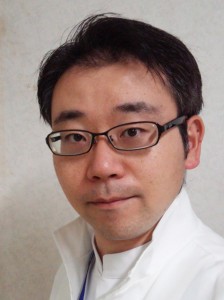TOMODACHI Generation: Dr. Hirozumi Sano

About Dr. Hirozumi Sano
Dr. Sano currently serves as Chief of Pediatrics at Sapporo Hokuyu Hospital. Driven by his passion to devote his career to helping people as a doctor, he graduated from Shiga University of Medical Science in 2001, and completed clinical training as a general pediatrician at Osaka University Hospital, Bellland General Hospital, and Saiseikai Kawaguchi General Hospital. He subsequently started his career as a pediatric hematologist/oncologist in 2007 at Gunma Children’s Medical Center, and has been working at Sapporo Hokuyu Hospital since September 2010. Since assuming his current position in April 2012, he has been mainly engaged in clinical practice and research on pediatric hematological and malignant diseases including hematopoietic stem cell transplantation. As a pediatrician, Dr. Sano strives to provide hope and strength to children who he believes are the visionaries and future leaders of the next generation.
On being selected for the program
“I am extremely grateful to be selected as the next participant of the TOMODACHI-Aflac program and for the opportunity to study in the United States. At the same time, I am deeply aware of the responsibility that comes with participating in such a program. The prognosis for children with cancer has greatly improved, but there are still many who suffer from the illness. Through this experience, I hope to be able to help as many children as possible battling cancer as well as meaningfully contribute to the exchange of best practices between the United States and Japan in the field of pediatric cancer.”
About the TOMODACHI-Aflac Program
The TOMODACHI-Aflac Program is a medical research program between the United States and Japan designed to lay the foundation for broader understanding of research and treatment protocols for childhood cancer. Japan-based pediatric cancer specialists are invited to the Aflac-supported, Aflac Cancer and Blood Disorders Center of Children’s Healthcare of Atlanta, Georgia, to observe and share best practices related to the care and treatment of children with cancer over a span of six months.


